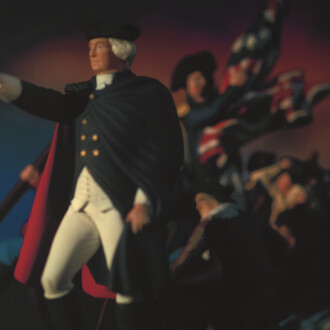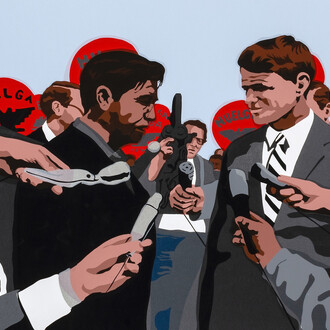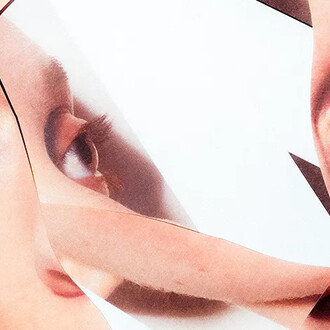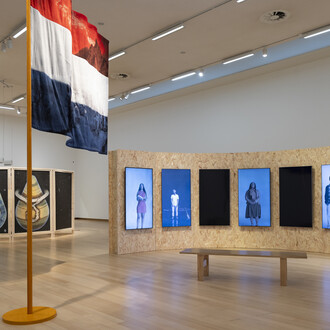GRIMM is proud to announce two inaugural solo exhibitions with newly represented artist Guido van der Werve (1977, Papendrecht, NL), on view at both Amsterdam gallery spaces.
Van der Werve is a filmmaker, musician and visual artist. He is best-known for his video-documented performances in which he pushes his own body to its limits through acts of endurance. Van der Werve has composed his own music since 2007. At present, Van Der Werve’s oeuvre comprises fifteen elaborate video works and two publications, all of which are numbered in Dutch and subtitled in English. At the time of this exhibition, the artist is currently working on his first full-length feature film, due for completion in 2020. The gallery exhibits two recent videos in addition to a selection of stills from earlier video performances.
In Nummer veertien, home (2012) Van der Werve follows the journey of his idol Frédéric Chopin (1810-1849). The initial goal of delivering a cup of Polish soil to the composer’s grave at Père-Lachaise in Paris developed into an incredible athletic performance equivalent to a 1500 kilometer triathlon. The artist swam, biked and ran from the Church of the Holy Cross in Warsaw to Paris, spanning the distance between Chopin’s formal grave and the resting place of his actual heart. Van der Werve’s quest is intertwined with the journey of Alexander the Great (356 BC-323 BC), who, like Chopin, also died on foreign soil. Van der Werve transforms romantic historical references into modern-day epics and pressing philosophical questions into sublime experiences.
His latest work Nummer zeventien, killing time attempt 1: from the deepest ocean to the highest mountain (2015) is a two-channel video installation showing Van der Werve in 10-hour performances in which he references two extreme sporting achievements: the climbing of Mount Everest with its peak at 8,848 meters, and the manned descent into the Atlantic Ocean’s Mariana Trench with its deepest point at 11,040 meters. In contrasting these two victories with the domestic setting of both his bathtub and bed, Van der Werve alters these spectacular accomplishments into normalities. Taking these ultimate acts of endurance and transposing them into everyday life confronts the viewer with the feeling that a noteworthy task has been accomplished.
The various stills on show at the Keizersgracht gallery consist of photographs taken from one-off performances by the artist in addition to stills taken from video works. These works will rotate during the run of the exhibition to highlight this lesser-known body of work by the artist.
















